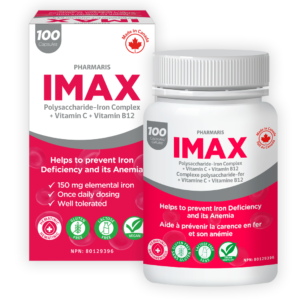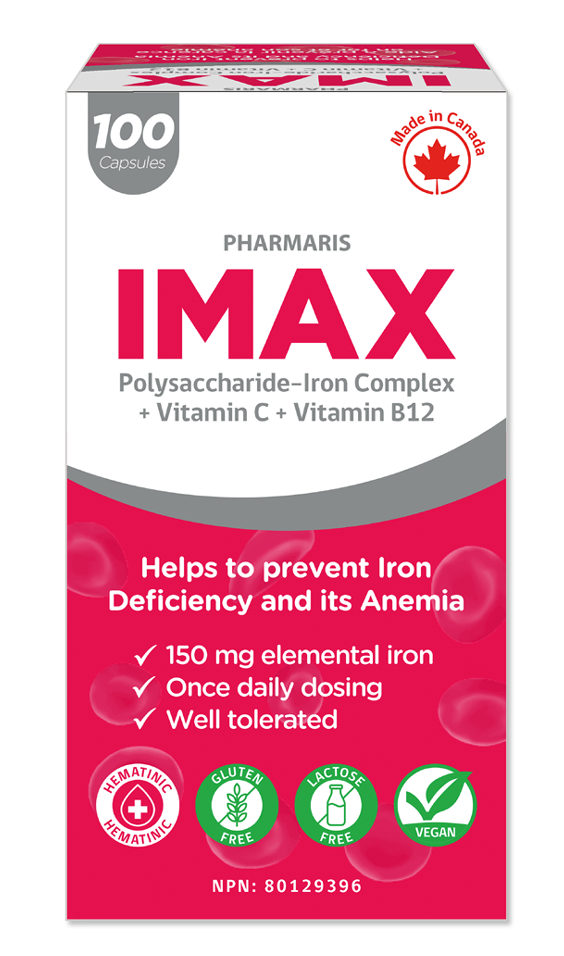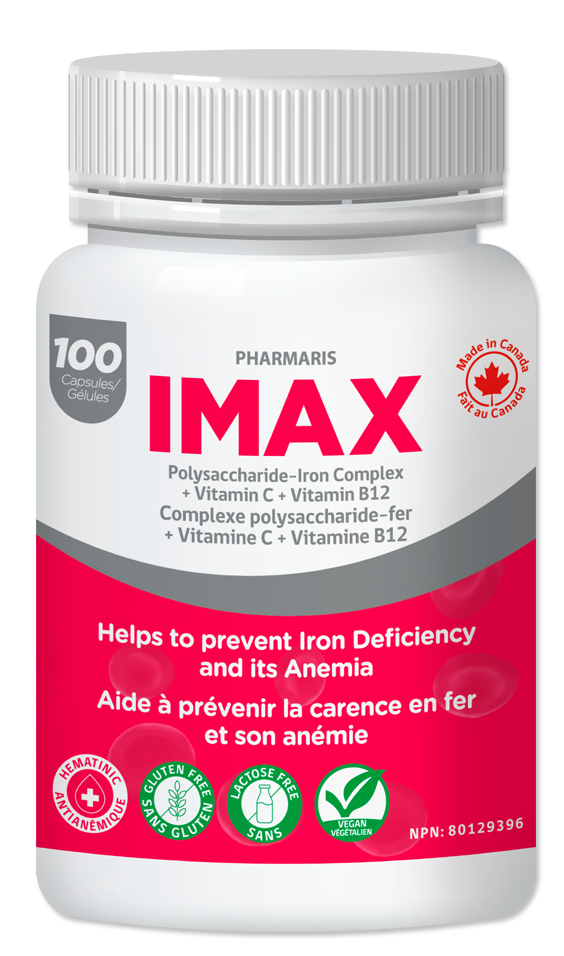Iron
Iron Health
Understanding Iron: Vital for Health and Well-being
- Iron is an essential component of hemoglobin in your red blood cells and it carries oxygen from your lungs to every part of your body.
- Iron is an abundant element found on the earth & also essential component for living organism.
- Iron is important for its role in hemoglobin as well as oxygen transportation.
- Iron is recycled in the body and also conserved by body but still some amount of iron may be lost in the form of bleeding, menstruation, pregnancy or from skin, feces & urine.
- Iron loss is substantial from bleeding as well as excessive menstruation which may lead of iron deficiency anemia.
- The most common nutritional disorder is iron deficiency anemia [IDA], and accounts for nearly half of all anemia cases. This is most prevalent among preschool children and women.
- Your iron levels affect many vital functions in your body, including your energy and focus, gastrointestinal processes, your immune system and the regulation of your body temperature.
Reference : J Res Med Sci 2014;19:164-74, https://www.healthlinkbc.ca/healthy-eating-physical-activity/food-and-nutrition/nutrients/iron-and-your-health

Symptoms
Iron Deficiency Anemia
Symptoms
Iron deficiency anemia, characterized by a lack of sufficient iron to produce hemoglobin, is a prevalent nutritional disorder worldwide. This condition can manifest through various symptoms that significantly impact daily life and overall well-being. Understanding these symptoms is crucial for timely diagnosis and effective management of iron deficiency anemia.
- Tiredness
- Shortness of breath
- Chest pain
- Fatigue
- Dizziness or lightheadedness
- Cold hands and feet
- Pale skin
Risk
Iron Deficiency Anemia
Who is at risk?
Anemia can impact individuals of all ages and backgrounds. However, women of reproductive age and children account for the largest percentage of IDA cases. While women are most likely to develop IDA, people who eat a vegetarian or vegan diet long-term have an increased risk of developing this condition.
- Infants and toddlers
- Adolescents and adults
- Pre-menopausal women
- All adults age >65
- All ages: with inadequate nutritional Food intake

Source
Main Source of
Dietary Iron
Dietary iron is available in two distinct forms.

- In order to increase absorption of non-heme iron, it is recommended to take it along with foods rich in vitamin C.
- Vitamin C can be found in red, yellow and green peppers, broccoli, Brussels sprouts, snow peas, papaya, kiwi fruit, strawberries, oranges and grapefruit



